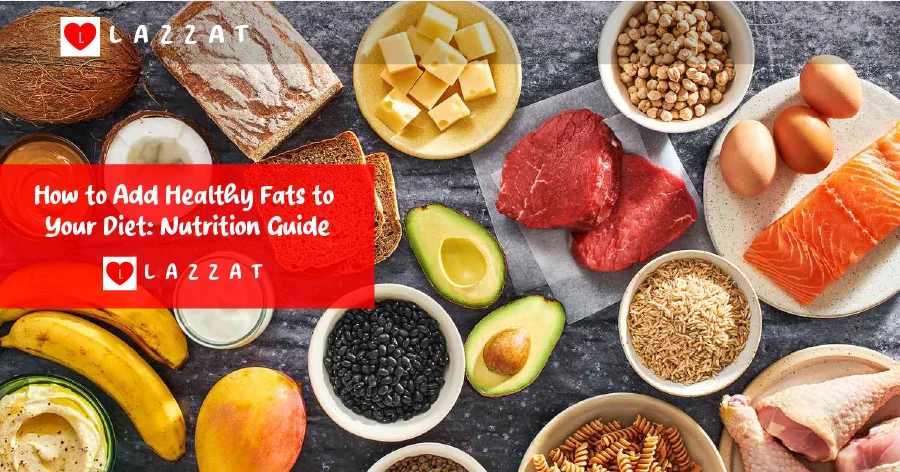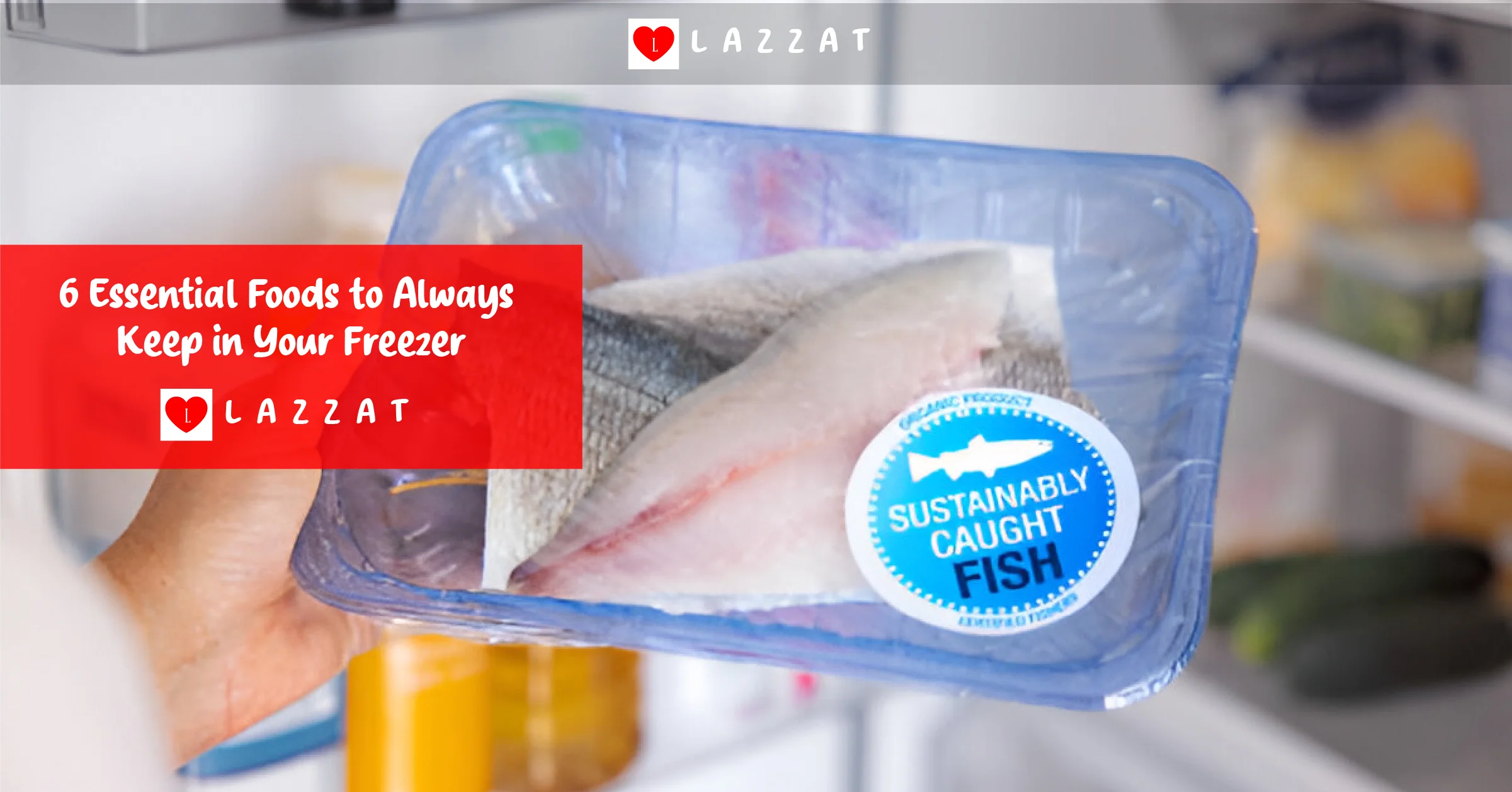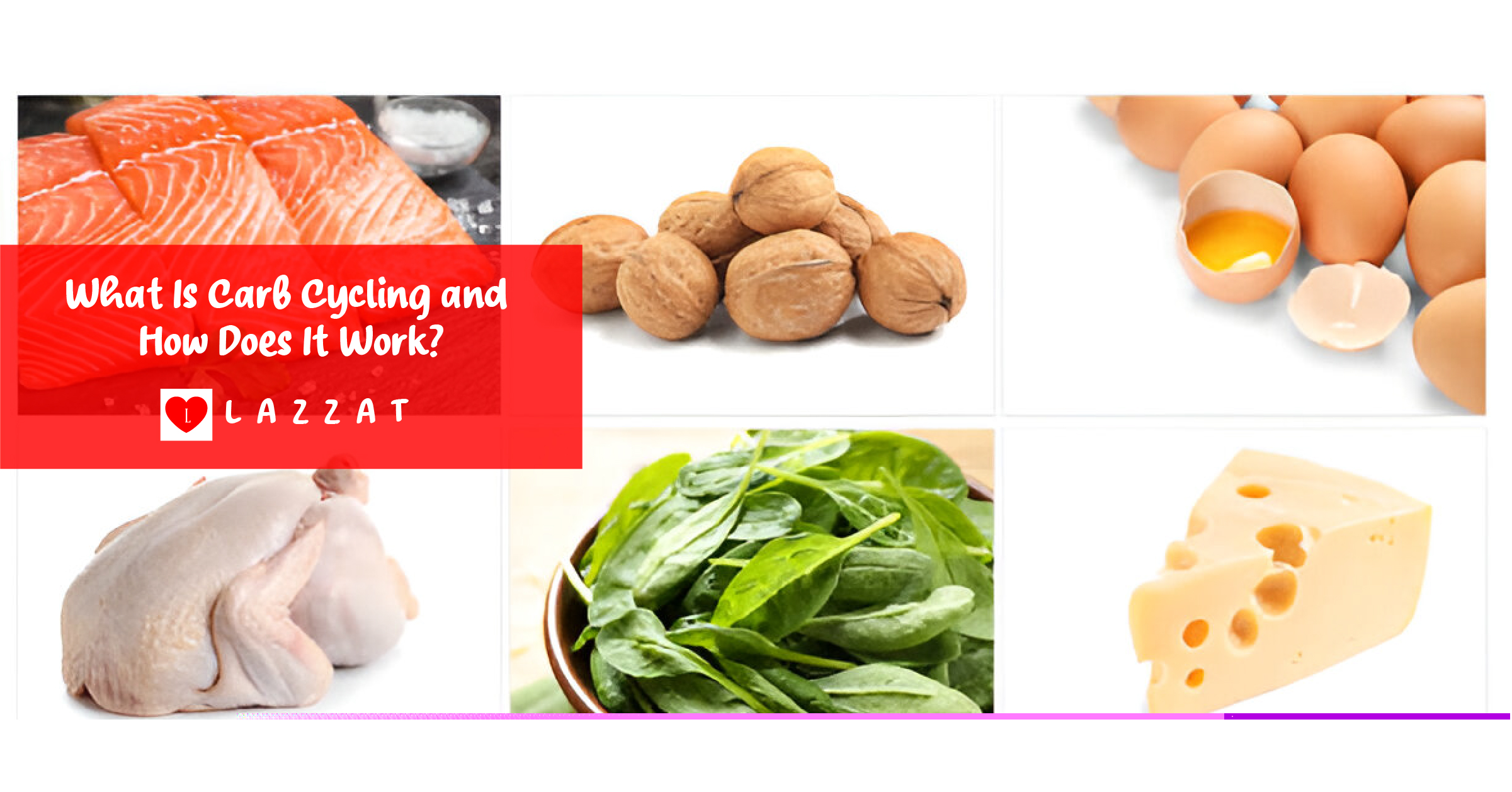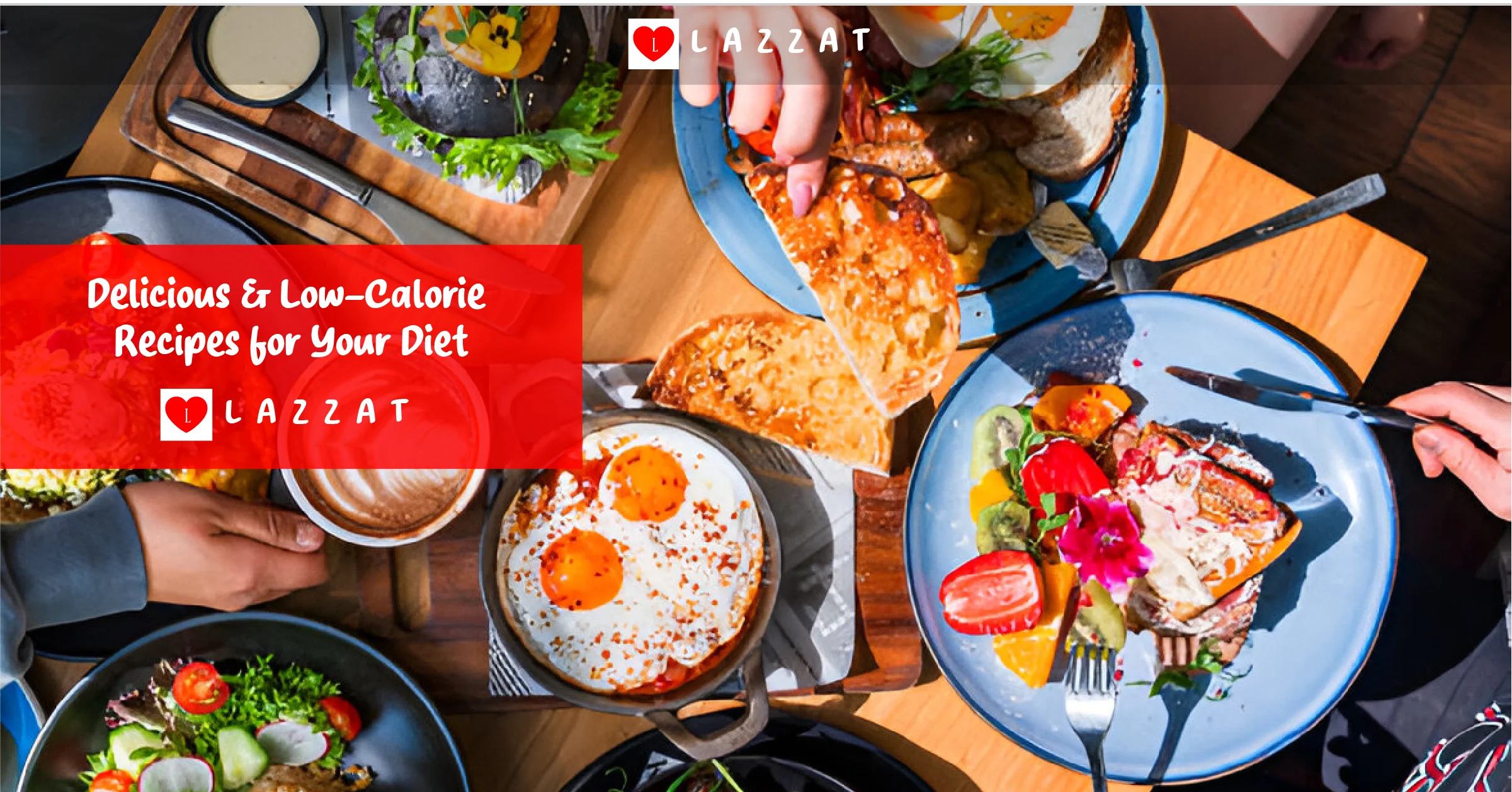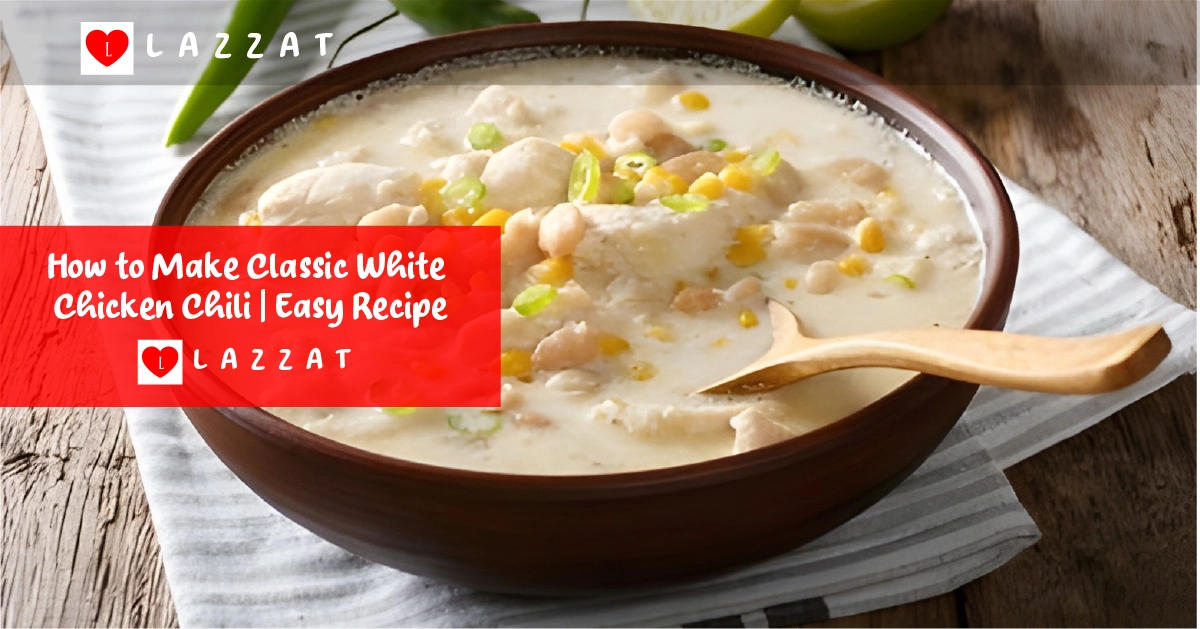Are you tired of feeling like you have to avoid all fats to be healthy? The truth is, not all fats are created equal. Adding healthy fats to your diet can boost your body’s h...
Cooking can be a delightful journey or a nutritional minefield, depending on how you approach it. The way you prepare your food can either maximize its benefits or diminish its health value. In this g...

